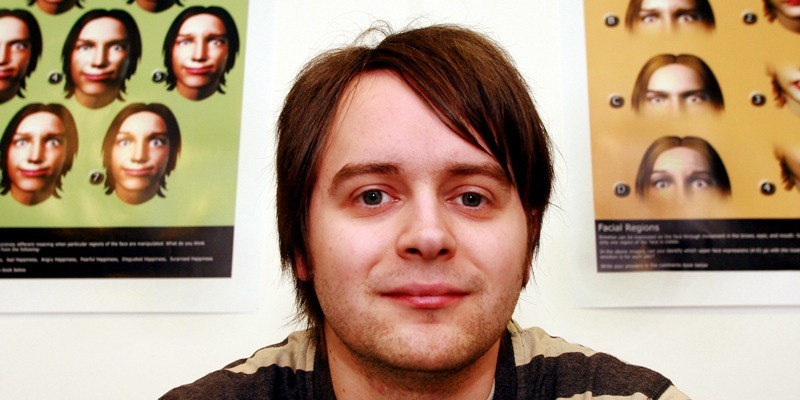Research carried out at Abertay University in Dundee could revolutionise the realism of animated films and computer games produced around the world.
Robin Sloan, a PhD student and lecturer based in the institute of arts, media and computer games, has devised a set of rules to help animators hoping to create the next Shrek sequence their facial animations to portray a more convincing emotion.
The study involved investigating the effectiveness of choreographed emotional expressions and seeing how they could be better captured.
The study involved a series of experiments studying how the upper and lower regions of the face move during expressions of emotions such as happiness, surprise or anger.
“What we found was, for example, with surprise into happiness, if the upper face moved before the lower face, this could result in an insincere happy expression, which could be viewed as an exaggeration or, indeed, fake,” he said “This could be useful if animators deliberately wanted to create a fake smile but would otherwise be unhelpful.
“On the other hand, when the lower face led the movement in this transition, the overall animation appeared much more believable. Likewise, for happiness into sadness, upper face leading seemed clear and credible, whereas leading with the lower face seemed childish or sarcastic, as if displaying an interpretation of sadness rather than genuinely portraying the emotion.”
While much is known about the appearance and perception of emotional facial expressions, researchers and professionals still struggle to create believable animated characters, he added.
“For example, films such as Polar Express and Beowulf are performance-captured here the performance of human actors is transferred on to computer-animated characters,” Mr Sloan added.
“However, the aesthetic results of this technique have not been fully embraced by the public, as it appears that audiences view the characters as fake and unrealistic. Indeed, we are often more likely to believe in characters from more traditional animation films such as Toy Story or Shrek, animations which are carefully crafted by teams of animators.
“While the computer animation research community is quite rightly interested in the technical possibilities of performance capture, we wanted to highlight the fact that traditional animation can still play an important role in research, and to show an artistic approach to animation can yield tangible research findings.”
It is hoped the results will now be used by computer game programmers and producers of short animation works seeking to create more believable and, in the case of games, more interactive characters.
